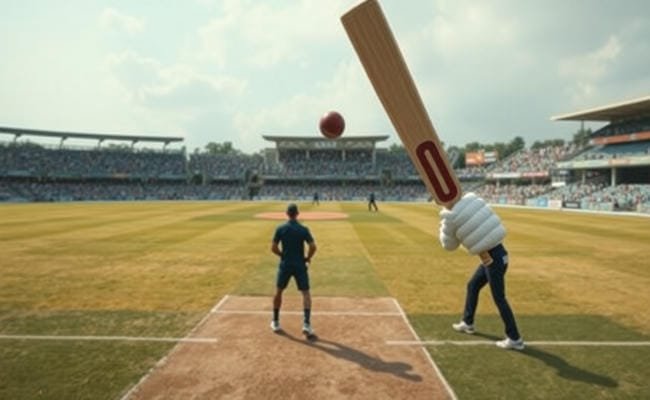
How To Spell Groundzero In Cursive
January 24, 2025
How To Start Dns.asq.service
January 24, 2025Identifying a no ball in cricket, especially due to chucking, is a crucial skill for players, umpires, and enthusiasts. This guide provides a comprehensive overview of the rules and techniques to spot no balls effectively.
Why Spot No Balls in Cricket?
- Ensure Fair Play: Maintain the integrity of the game.
- Enhance Skills: Players can adjust their bowling techniques to comply with rules.
- Avoid Penalties: Teams can prevent avoidable penalties by adhering to bowling regulations.
Steps to Spot a No Ball
- Understand the Definition of a No Ball:
- A no ball occurs when a bowler breaks specific rules during delivery, including:
- Overstepping the crease.
- Delivering with an illegal arm action (chucking).
- A no ball occurs when a bowler breaks specific rules during delivery, including:
- Focus on the Bowling Action:
- Identify Chucking:
- Watch for any bending and straightening of the bowler’s arm during delivery.
- According to ICC rules, the elbow must not extend beyond 15 degrees.
- Observe the Run-Up:
- Ensure the bowler’s front foot lands within or behind the crease.
- Identify Chucking:
- Monitor the Crease:
- Check the position of the bowler’s front foot:
- If any part of the foot is outside the crease, it’s a no ball.
- Check the position of the bowler’s front foot:
- Verify Arm Action:
- Watch slow-motion replays (if available) to assess elbow flexion.
- Pay attention to bowlers with unconventional actions that might violate regulations.
- Check for Dangerous Bowling:
- Ensure the bowler does not deliver above shoulder height or repeatedly target the batsman’s body.
Tips for Effective Observation
- Use Technology: Leverage tools like Hawk-Eye or UltraEdge for precise analysis.
- Focus on Details: Pay close attention to the bowler’s foot placement and arm movement.
- Communicate Clearly: Ensure umpires signal no balls promptly to avoid confusion.
Common Challenges in Spotting No Balls
- Fast Bowling Speeds:
- Use replays to confirm fast deliveries for potential infractions.
- Subtle Arm Movements:
- Practice recognizing subtle chucking movements during live matches.
- Crowded Crease Lines:
- Ensure clear visibility of the crease markings.
Example Scenarios
- Chucking: A bowler’s arm extends beyond the legal limit, leading to a no ball.
- Overstepping: The bowler’s front foot lands completely outside the crease.
Also Read: How To Spell Groundzero In Cursive
Conclusion
Spotting no balls in cricket, particularly due to chucking, is vital for ensuring a fair and enjoyable game. By mastering these techniques and staying vigilant, players and umpires can maintain the spirit of cricket.




